- News
- Reviews
- Bikes
- Components
- Bar tape & grips
- Bottom brackets
- Brake & gear cables
- Brake & STI levers
- Brake pads & spares
- Brakes
- Cassettes & freewheels
- Chains
- Chainsets & chainrings
- Derailleurs - front
- Derailleurs - rear
- Forks
- Gear levers & shifters
- Groupsets
- Handlebars & extensions
- Headsets
- Hubs
- Inner tubes
- Pedals
- Quick releases & skewers
- Saddles
- Seatposts
- Stems
- Wheels
- Tyres
- Tubeless valves
- Accessories
- Accessories - misc
- Computer mounts
- Bags
- Bar ends
- Bike bags & cases
- Bottle cages
- Bottles
- Cameras
- Car racks
- Child seats
- Computers
- Glasses
- GPS units
- Helmets
- Lights - front
- Lights - rear
- Lights - sets
- Locks
- Mirrors
- Mudguards
- Racks
- Pumps & CO2 inflators
- Puncture kits
- Reflectives
- Smart watches
- Stands and racks
- Trailers
- Clothing
- Health, fitness and nutrition
- Tools and workshop
- Miscellaneous
- Buyers Guides
- Features
- Forum
- Recommends
- Podcast
£2,099.00
VERDICT:
Smooth-riding endurance bike that offers hydraulic disc brakes and plenty of value
Comfortable
Dependable components
Great value
Relaxed riding position won’t suit all
Weight:
9,100g
Contact:

This product has been selected to feature in road.cc recommends. That means it's not just scored well, but we think it stands out as special. Go to road.cc recommends
At road.cc every product is thoroughly tested for as long as it takes to get a proper insight into how well it works. Our reviewers are experienced cyclists that we trust to be objective. While we strive to ensure that opinions expressed are backed up by facts, reviews are by their nature an informed opinion, not a definitive verdict. We don't intentionally try to break anything (except locks) but we do try to look for weak points in any design. The overall score is not just an average of the other scores: it reflects both a product's function and value – with value determined by how a product compares with items of similar spec, quality, and price.
What the road.cc scores meanGood scores are more common than bad, because fortunately good products are more common than bad.
- Exceptional
- Excellent
- Very Good
- Good
- Quite good
- Average
- Not so good
- Poor
- Bad
- Appalling
Giant's Defy Advanced 3, the most affordable Defy in the current range, is an endurance road bike that offers a smooth ride and the precise power of hydraulic disc brakes, and it's very good value. It doesn’t bubble and fizz like some race bikes but it’s a dependable setup for getting in the big miles in comfort.
This isn't an especially lightweight bike, weighing in at 9.1kg, but the fact that it's so comfortable means you can happily keep ticking off the miles all day long.
> Find your nearest Giant dealer here
As ever, the geometry has a huge effect on the Defy Advanced 3's character and comfort. I've been riding a large-sized model with a 575mm top tube and a seat tube that's 535mm – much shorter than it otherwise would be because Giant slopes the top tube downwards in its usual Compact Road Design style. The idea – and it's one that Giant has been basing designs on since 1997 – is that this reduces the size of the frame triangles to create a lighter, stiffer product. On the flip side, Giant does need to fit a longer than normal seatpost to get the saddle height right.
The head tube on this large size is 205mm, which is tall; the reach is 390mm – not too far – and the stack is 605mm – generous.
For comparison, a large-sized Giant TCR Advanced race bike has a stack that's 24mm lower and a reach that's 12mm longer, putting you into an archetypal racing position. The Defy Advanced, in contrast, is fairly relaxed. I've not found myself riding bolt upright in the saddle over the past few weeks – far from it – but the handlebar is positioned higher and closer to the saddle than on a more race-focused bike, meaning you don't need to bend your back as much or extend your neck to the same degree for a clear view of the road ahead. If a standard race bike geometry leaves you aching, perhaps this setup, dialled back a couple of notches, will work better for you.
One other aspect of the geometry to bear in mind is that the wheelbase is pretty lengthy – 1,025mm on the large model that I’ve been riding. Even though the 72.5-degree head tube angle and not-too-long 110mm stem make for steering that’s pretty nippy, this isn’t a bike that becomes a handful over rough roads.
Even putting geometry to one side, the Defy Advanced 3 is a really comfortable bike. For a start, it comes fitted with 32mm Giant Gavia Fondo 1 tyres which we measured at nearly 34mm on Giant’s S-R2 Disc wheels. The maximum tyre size that Giant recommends is 35mm – not enough for full-on gravel riding but sufficient for everything short of that. This width would have been unthinkable on a road bike of this kind just a few years ago. The last time we reviewed a Defy Advanced 3 it was fitted with 25s.
The other thing you need to know about this system is that it’s tubeless – not just tubeless-ready but set up tubeless from the off. This isn’t the place for a full discussion of the pros and cons of tubeless but it does allow you to run low pressures without the risk of a pinch flat, so you can get a really soft ride if that’s what you’re after.
The S-R2 Disc wheels are a little heavy but I’ve no complaints about the performance. They’ve proved to be reliable over a test period of several months.
The seatstays are slim and taper to almost flat at the point where they reach the seat tube. That junction is low so the angle of the seatstays is small, and Giant says this helps dissipate vibrations from the road.
Then there's Giant's D-Fuse seatpost. As the name suggests, its profile is D-shaped too, with the flat edge at the back. The idea is that it can flex slightly in that direction to help reduce road buzz (the shape has the side benefit of ensuring you never set your saddle slightly off-centre by mistake).
The Compact Road Design that I mentioned earlier means you'll almost certainly have loads of seatpost extending out of the frame – I’m long in the leg so I had yards of it – and that makes a difference to the ride. You can occasionally feel the post bend just a touch if you accidentally whack the bike into an unseen pothole, for example.
I won't go on about the saddle too much because tastes vary so widely, but I didn’t notice the Giant Approach all that much in use. Usually, when your attention is drawn to a saddle mid-ride it’s because it's uncomfortable or annoying you a bit. If I'm not particularly aware of a saddle then everything's cool.
Giant makes some really good saddles these days. The steel-railed Approach (270mm long, 145mm wide) isn’t particularly light but there’s a degree of flex in the shell, a pressure-relieving hole in the centre, and you get what Giant calls ‘Particle Flow Technology’. This features, in Giant’s own words, “high-elastic, free-flowing particles inserted into two separate pockets in the padding and reduces pelvic pressure by more than 20 per cent when compared with traditional foam by distributing pressure across a broader contact area”.
Essentially, it means that the saddle moulds to your shape to provide comfort and support, and it worked very well for me.
The aluminium Giant Contact SL D-Fuse handlebar is designed to provide comfort too, and the slightly flattened top sections increase the contact area to reduce pressure when you’re riding with your hands up there. I certainly didn’t feel any particular harshness at the front end during testing.
The downside of that shaping is that there wasn’t enough round-section handlebar to take the clamp of my Wahoo out-front computer mount. I had to go with a stem-top mount instead.
Anyway, you get the idea: this is a really comfortable bike. The sum total of all the design features is that you can ride the Defy Advanced 3 for hours without feeling too jolted, vibrated or generally shaken up.
As mentioned up top, the Defy Advanced 3.0 isn't mega-lightweight but at just over 9kg it isn’t heavy for a disc brake bike at this price. It responds well when you increase the watts. I was actually surprised when we put the Defy Advanced 3 on the scales because it rides like a lighter bike with a distinct performance edge.
The whopping great lump of a bottom bracket area and asymmetric chainstays hold steady even when you crank out a power PR…
…and the tapered head tube – it's Giant's Overdrive design with a 1 1/8in upper bearing and a 1 1/4in lower bearing – offers plenty of steering stiffness (although not as much as you get with the Overdrive 2 setup on the higher level Defy Advanced Pro and Defy Advanced SL models). You'll have no worries at all on that front.
Tearing downhill is a definite positive in all conditions thanks to a well-balanced frame and a key feature that I've not yet mentioned, the Shimano Tiagra hydraulic disc brakes.
All of Giant’s Defy bikes are disc-brake only. There's no rim brake Defy in the range so if you're not into discs, well, you're going to have to look elsewhere, I'm afraid. Sorry about that and all.
Giant ditched rim brakes on its carbon Defys back in 2015, initially sticking with open-ended dropouts front and rear. These days the wheels are held in place by 12mm thru-axles.
The 2020 Defy Advanced 3 featured Giant Conduct disc brakes (hydraulic brakes with a cable-actuated master cylinder) but these have now been ditched in favour of Shimano Tiagra hydraulic disc brakes that work on 160mm rotors to provide loads of smooth, easily regulated power. Tiagra-level shifters are a whole lot better looking than they used to be too, the hood shape having been refined. There’s a small lump where the hose exits the lever but it’s unlikely to be an issue.
Tiagra is a 10-speed groupset and here you get a wide-ranging 11-34-tooth cassette matched up with a 50/34-tooth chainset, as you do on every other Shimano-equipped Defy (SRAM’s gearing the £5,499 Defy Advanced Pro 1 is different). It's a setup that suits an endurance bike where the ability to tackle a tough climb comfortably at the end of a 100-miler is more important than sprinting full-gas to the finish line.
Tiagra is a really impressive groupset that doesn't lag far behind next-level-up 105 these days.
The money bit
Looking at rivals in terms of price, Trek’s endurance-focused Domane SL 4 Disc is £2,325. It also has a carbon fibre frame and a mostly Shimano Tiagra groupset although it’ll take even wider tyres, up to 38mm. The Domane’s big selling point is its use of Trek’s IsoSpeed tech where the seat tube is decoupled from the top tube and a rocker cup at the top of the headset allows the steerer tube to flex. The idea is to improve comfort and allow you to feel fresher for longer.
> Buyer’s Guide: 17 of the best disc brake endurance bikes for 2021
The Van Rysel EDR CF 105 Disc Road 2021 that Stu reviewed for road.cc recently offers incredible value at £2,229.99. The Shimano 105 groupset is a level higher than the Giant’s Tiagra and the bike as a whole is almost 1kg lighter, although you are paying an extra £130.
Bear in mind, though, that we found the Van Rysel to be as much a race bike as an endurance bike, including in terms of its geometry. Also, consider that the Van Rysel’s price is ridiculously low for what you’re getting. The Giant Defy Advanced 3 is still a great buy compared with the market as a whole.
Overall
The Giant Defy Advanced 3 isn't a gazelle of a bike like the more race-focused TCR but it's certainly not dull either. It handles superbly, it's highly comfortable, and with space for tyres up to 35mm, it can take you off the beaten track too.
This bike is at its best when getting in the big miles on less than perfect roads and, with the ability to take mudguards and wide tyres, it'll happily do that year-round. Plus, with a really good frameset and Shimano Tiagra groupset – including hydraulic disc brakes – it offers impressive value for money.
Verdict
Smooth-riding endurance bike that offers hydraulic disc brakes and plenty of value
road.cc test report
Make and model: Giant Defy Advanced 3
Size tested: Large
About the bike
State the frame and fork material and method of construction. List the components used to build up the bike.
Frame Advanced-Grade Composite, disc. Compatible with fenders
Fork Advanced-Grade Composite, full-composite OverDrive steerer, disc
Handlebar Giant Contact SL D-Fuse
Stem Giant Contact
Seatpost Giant D-Fuse, composite
Saddle Giant Approach
Shifters/levers Shimano Tiagra
Front derailleur Shimano Tiagra
Rear derailleur Shimano Tiagra
Brakes Shimano Tiagra hydraulic, flat mount
Cassette Shimano Tiagra, 11x34
Chain KMC X10-1
Chainset Shimano Tiagra, 34/50
Bottom bracket Shimano, press-fit
Wheels Giant S-R2 Disc
Tyres Giant Gavia Fondo 1, tubeless, 700x32mm, folding (max tyre width: 35mm)
Tell us what the bike is for, and who it's aimed at. What do the manufacturers say about it? How does that compare to your own feelings about the bike?
Giant says, "Choose the longer route. Climb higher mountains. This smooth-riding endurance road bike is purpose-built to help you tackle long-distance road rides on all types of roads.
"Handcrafted with Advanced-grade composite material, the Defy Advanced is engineered with tube shapes that are optimised to absorb road shocks and vibrations. Even with its smooth ride quality, it still delivers a lightweight, stiff and lively feel when you’re climbing, accelerating and cornering. It’s made with a specific carbon layup to give it an efficient, high-performance ride quality that helps you push new limits of endurance.
"The D-Fuse seatpost and handlebar system also help reduce road vibrations, adding to its smooth, compliant feel on the road. A tubeless Giant WheelSystem and tyres boost speed and efficiency with a reduced risk of flats. And for added control, it features integrated disc brakes with flat-mount disc brake tabs and 12mm thru-axles.
Frame and fork
Overall rating for frame and fork
8/10
Tell us about the build quality and finish of the frame and fork?
It's sound with no obvious shortfalls.
Tell us about the materials used in the frame and fork?
The frame is made from what Giant calls its Advanced-Grade composite. The more expensive Defy Advanced Pro bikes are made from the same material. In fact, those models use the same frame, just with an Overdrive 2 system upfront (1 1/4 in upper headset bearing, 1 1/2in lower headset bearing) instead of the Overdrive (1 1/8in upper headset bearing, 1 1/4in lower bearing) used here.
The fork is Advanced-Grade composite too, including the steerer.
Tell us about the geometry of the frame and fork?
Check out the main text for the details. In short, you get a stack height that's taller than that of a typical race bike, and a reach that's shorter so your riding position is a little more upright.
How was the bike in terms of height and reach? How did it compare to other bikes of the same stated size?
See above. Don't get fooled by the seat tube – it's short for a given bike size because of Giant's Compact Road Design. Take more notice of the top tube measurement when selecting the correct size.
Riding the bike
Was the bike comfortable to ride? Tell us how you felt about the ride quality.
Yes, this is the Defy's key quality. It provides a comfortable ride. You get features like the D-Fuse seatpost that's specifically designed for compliance, and you also get 32mm tubeless tyres and the ability to fit 35s.
Did the bike feel stiff in the right places? Did any part of the bike feel too stiff or too flexible?
Absolutely, yes. The bottom bracket is as stiff as it looks and there's very little flex in the head tube/fork.
How did the bike transfer power? Did it feel efficient?
It does feel efficient, especially given that this is an endurance bike.
Was there any toe-clip overlap with the front wheel? If so, was it a problem?
A little but not an issue.
How would you describe the steering? Was it lively, neutral or unresponsive? With a 72.5° head tube angle and a 110mm stem, it's quicker than you might expect, but this bike isn't a handful when you tackle bumpy roads.
Tell us some more about the handling. How did the bike feel overall? Did it do particular things well or badly?
It corners well, even when you're flinging it about, and it's well behaved when you want to ride straight. I've ridden bikes that are more enthusiastic on the climbs, but it's a really good descender.
Which components had the most effect (good or bad) on the bike's comfort? would you recommend any changes?
The D-Fuse seatpost provides plenty of vibration damping and I really like Giant's saddles – they're cleverly designed and largely underrated.
Which components had the most effect (good or bad) on the bike's efficiency? would you recommend any changes?
Giant's S-R2 Disc wheelset performs well but it isn't particularly light. If you wanted to upgrade the bike in future, that might be the place to start.
Rate the bike for efficiency of power transfer:
8/10
Rate the bike for acceleration:
7/10
Rate the bike for sprinting:
7/10
Rate the bike for high-speed stability:
8/10
Rate the bike for cruising speed stability:
8/10
Rate the bike for low speed stability:
8/10
Rate the bike for flat cornering:
8/10
Rate the bike for cornering on descents:
8/10
Rate the bike for climbing:
7/10
The drivetrain
Rate the drivetrain for performance:
7/10
Rate the drivetrain for durability:
8/10
Rate the drivetrain for weight:
7/10
Rate the drivetrain for value:
8/10
Tell us some more about the drivetrain. Anything you particularly did or didn't like? Any components which didn't work well together?
It's all solid stuff.
Wheels and tyres
Rate the wheels for performance:
7/10
Rate the wheels for durability:
8/10
Rate the wheels for weight:
7/10
Rate the wheels for comfort:
8/10
Rate the wheels for value:
8/10
Rate the tyres for performance:
8/10
Rate the tyres for durability:
7/10
Rate the tyres for weight:
7/10
Rate the tyres for comfort:
9/10
Rate the tyres for value:
8/10
Controls
Rate the controls for performance:
8/10
Rate the controls for durability:
8/10
Rate the controls for weight:
7/10
Rate the controls for comfort:
8/10
Rate the controls for value:
8/10
Tell us some more about the controls. Any particularly good or bad components? How would the controls work for larger or smaller riders?
The shifters are fairly large thanks to the hydraulic master cylinder and the way the hose exits. The lever reach can be adjusted for smaller hands.
Your summary
Did you enjoy riding the bike? Yes
Would you consider buying the bike? If I was after something in this market, yes.
Would you recommend the bike to a friend? Yes
Rate the bike overall for performance:
8/10
Rate the bike overall for value:
8/10
Use this box to explain your score
This is a clear 8. The Defy Advanced 3 puts in a very good performance at a very good price.
About the tester
Age: 43
I usually ride: My best bike is:
I've been riding for: Over 20 years I ride: Most days I would class myself as: Expert
I regularly do the following types of riding: commuting, club rides, sportives, general fitness riding
Mat has been in cycling media since 1996, on titles including BikeRadar, Total Bike, Total Mountain Bike, What Mountain Bike and Mountain Biking UK, and he has been editor of 220 Triathlon and Cycling Plus. Mat has been road.cc technical editor for over a decade, testing bikes, fettling the latest kit, and trying out the most up-to-the-minute clothing. He has won his category in Ironman UK 70.3 and finished on the podium in both marathons he has run. Mat is a Cambridge graduate who did a post-grad in magazine journalism, and he is a winner of the Cycling Media Award for Specialist Online Writer. Now over 50, he's riding road and gravel bikes most days for fun and fitness rather than training for competitions.







































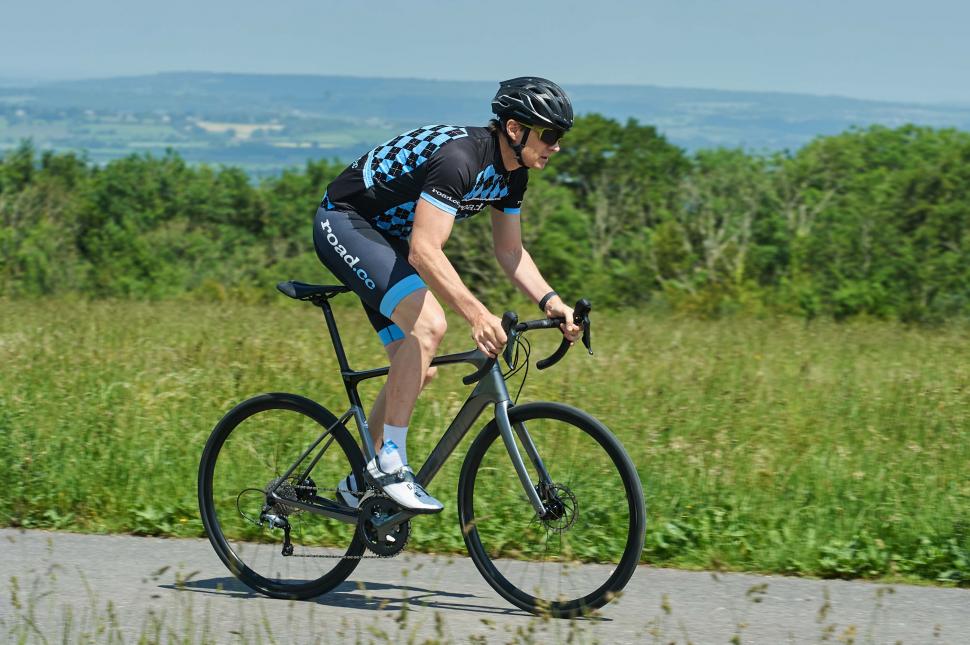


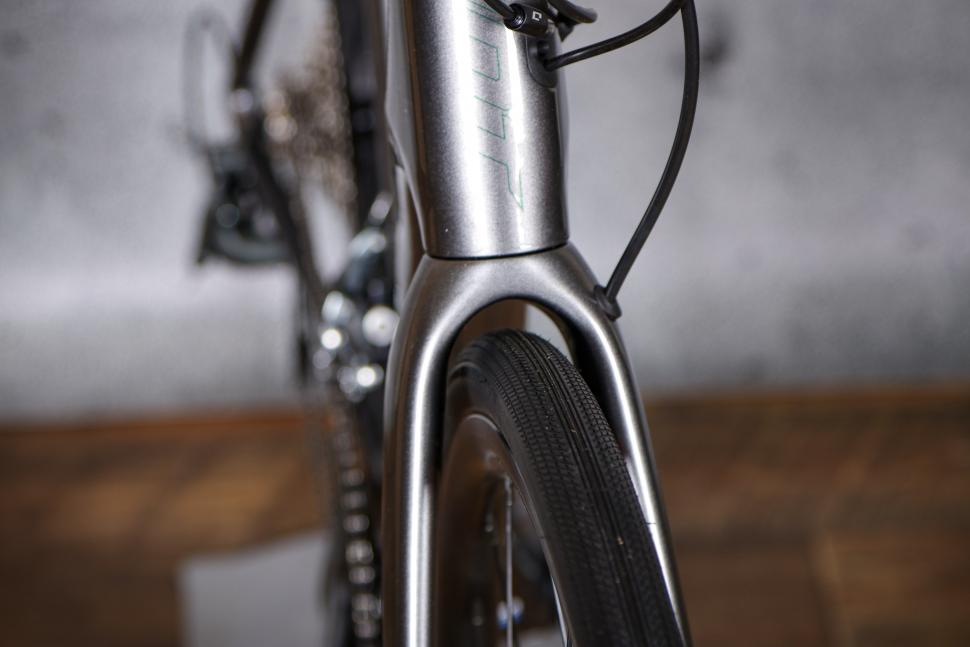


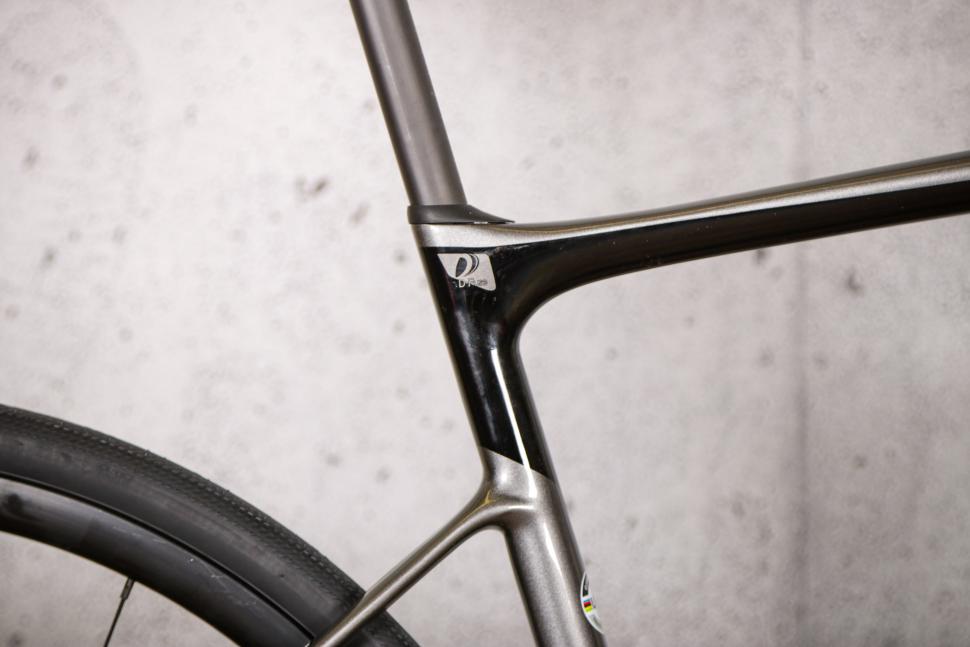
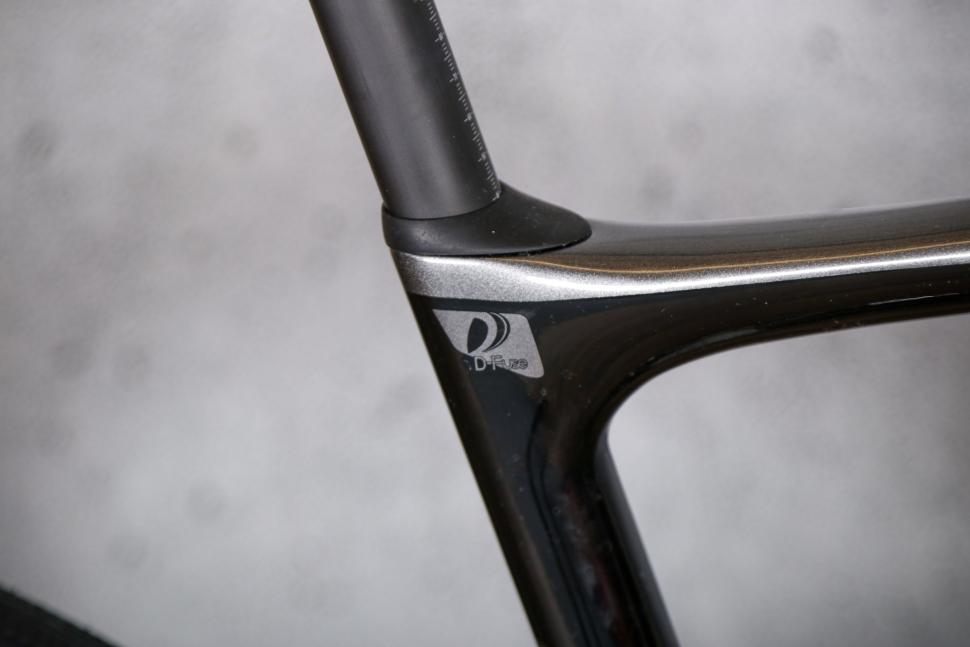
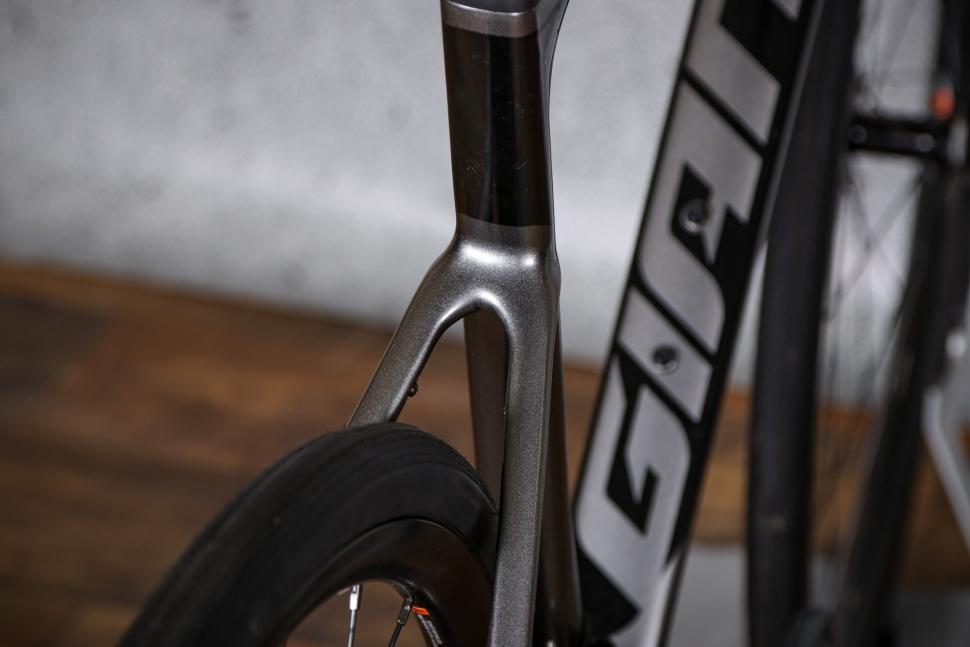
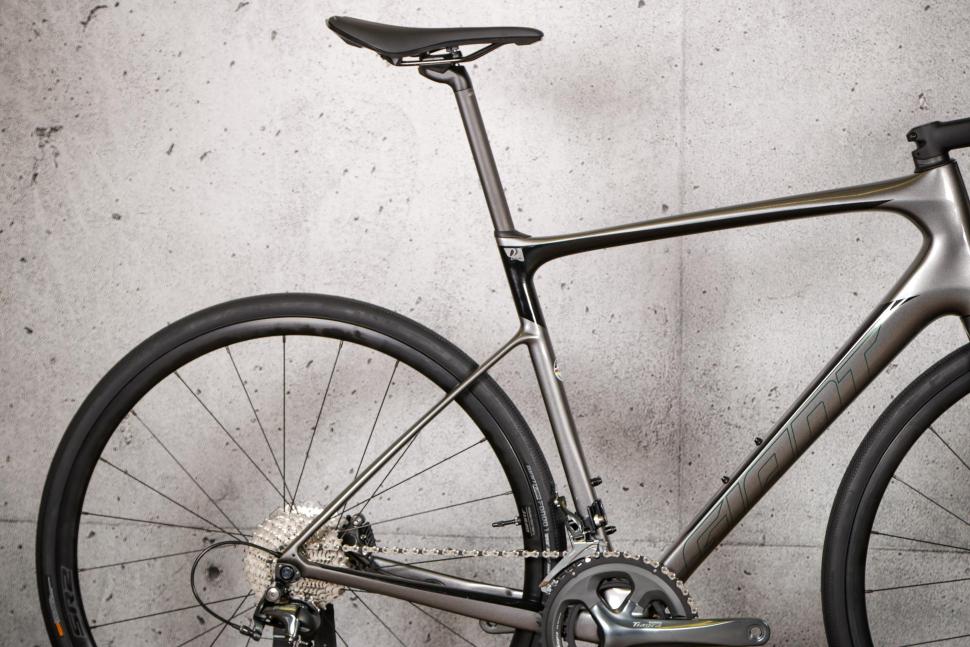
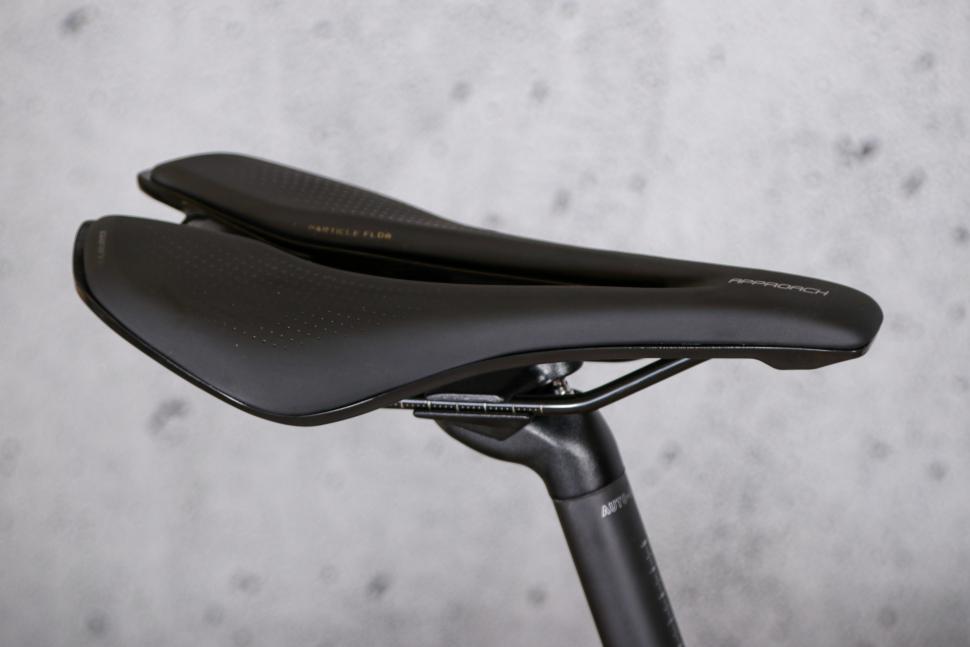
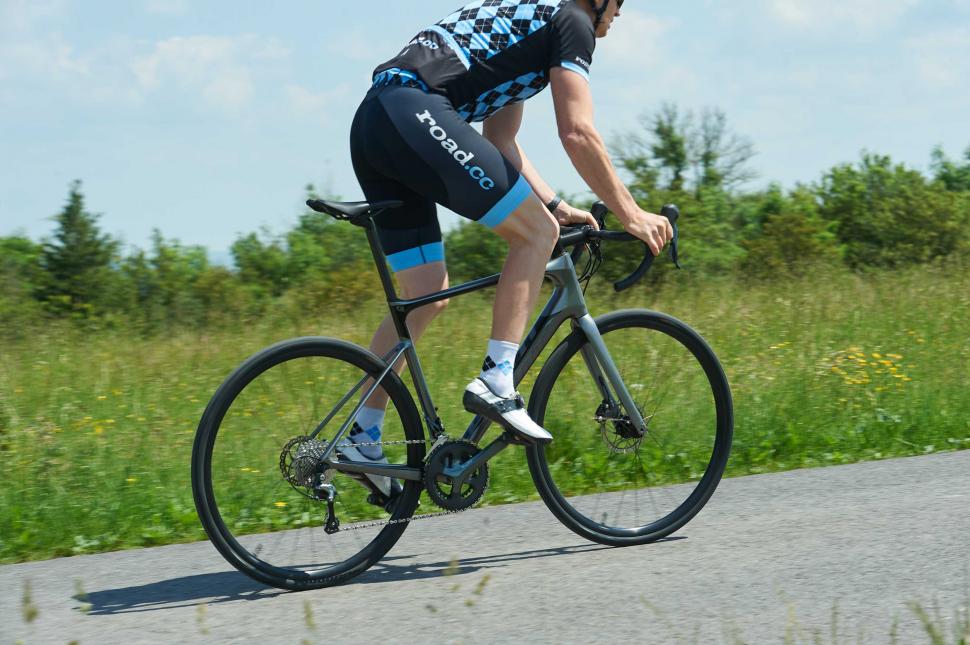

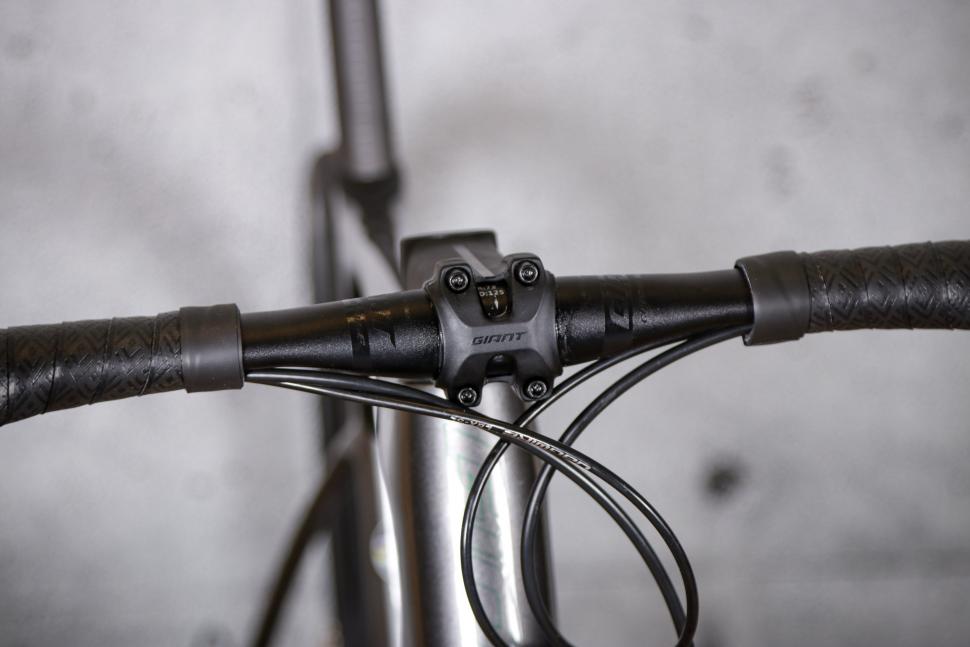


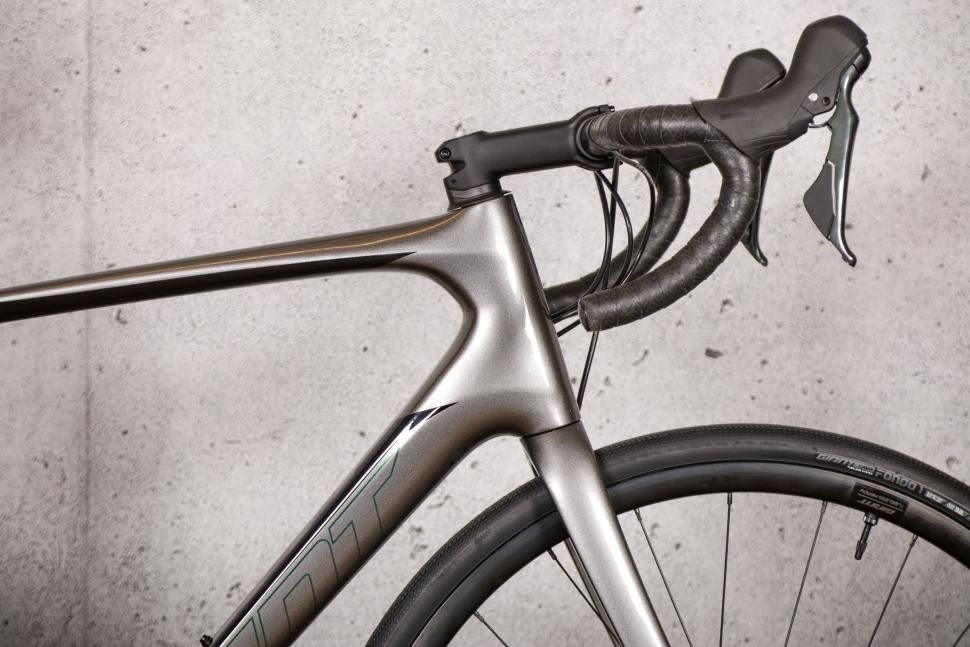
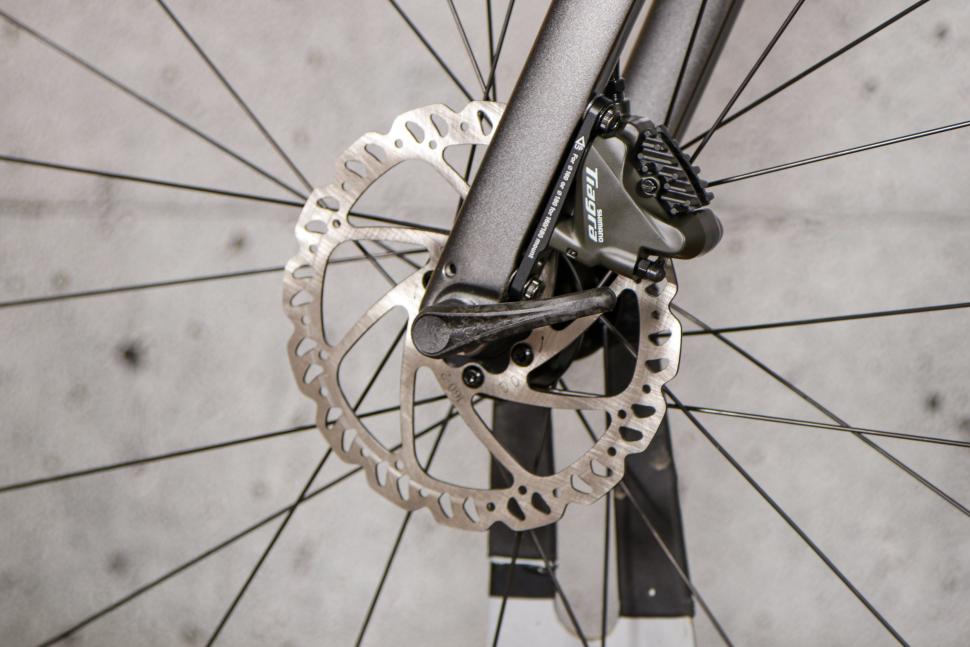
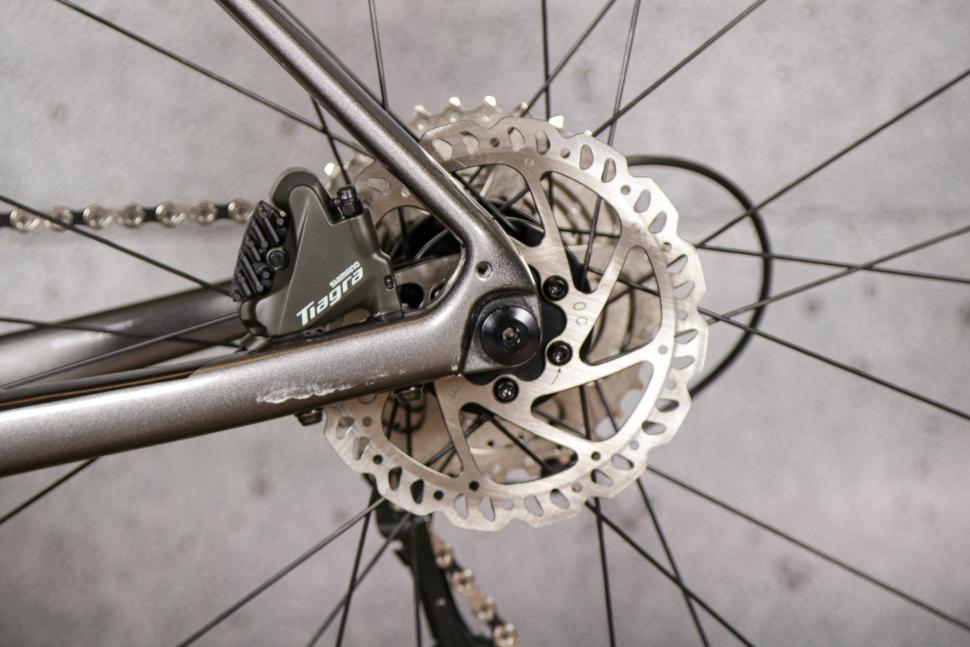


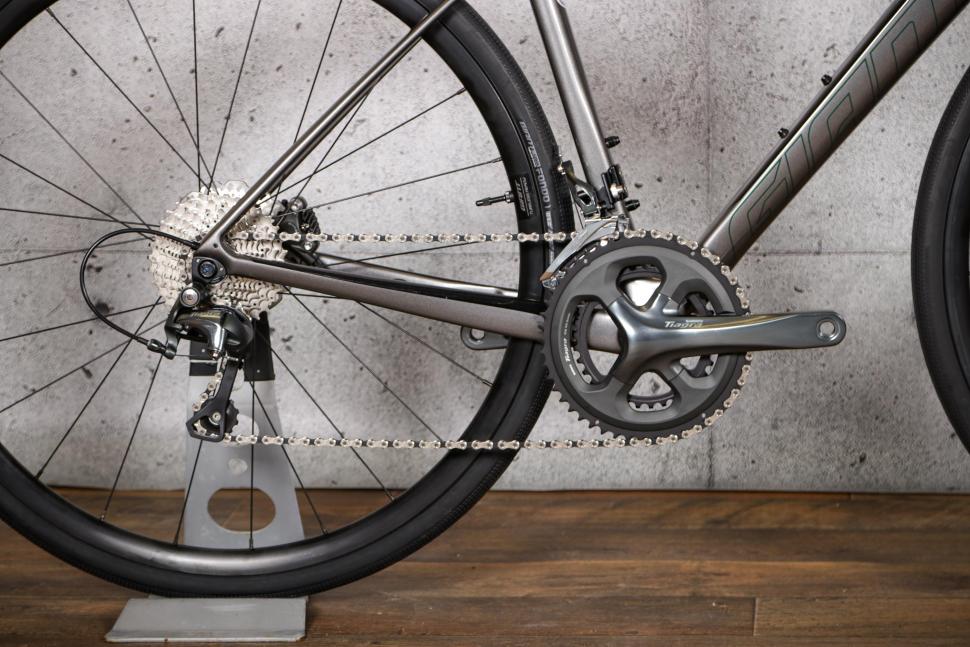




What did the car driver do wrong? They went offside (giving the cyclist ample room) when overtaking. I'd have been happy to be overtaken like this....
This takes me back. I remember auxetic foam being demonstrated on Tomorrow's World back in the 1980s.
Aha! More predict and provide again!...
It's simply that folding bikes are least likely to be DIY battery jobs, and that the DIY battery jobs are the most likely to catch fire. ...
Geraint Thomas, six appearances including the year he won the Tour. Bradley Wiggins, eight appearances including the year before he won the Tour....
I do indeed.
The article states the toerags were youths, so unfortunately there probably won't be any real punishment. But at least the police are appealing for...
Residents awoken by car crashing into Almshouse garden...
I used to work in a bikeshop which sold Litespeed and remember riding one of the earlier versions of the Ghisallo. It was so flexy that when i...
It would help if everyone stuck to the ' keep left, like on the road' rule - it helps our children learn